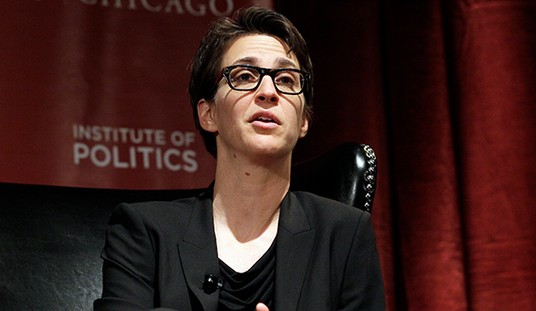All around the country, statues and monuments to Civil War Confederate generals and politicians have been falling like leaves in autumn. But now, out in California, a new trend seems to be taking shape. The old order of erasing America’s history from the Civil War era was done largely to appease those who felt it somehow lionized slavery, but the next wave of erasures may focus on an earlier, dark era in the nation’s past. That would be the treatment (and some could well say the genocide) of the indigenous tribes of Native Americans who were displaced or eliminated as the nascent United States spread westward.
The early focus is on the small city of Arcata, California, where activists are seeking to remove a statue of President William McKinley which has stood in the city square for more than a century. (LA Times)
No other city has taken down a monument to a president for his misdeeds. But Arcata is poised to do just that. The target is an 8½-foot bronze likeness of William McKinley, who was president at the turn of the last century and stands accused of directing the slaughter of Native peoples in the U.S. and abroad.
“Put a rope around its neck and pull it down,” Chris Peters shouted at a recent rally held at the statue, which has adorned the central square for more than a century.
Peters, who heads the Arcata-based Seventh Generation Fund for Indigenous People, called McKinley a proponent of “settler colonialism” that “savaged, raped and killed.”
A presidential statue would be the most significant casualty in an emerging movement to remove monuments honoring people who helped lead what Native groups describe as a centuries-long war against their very existence.
The city council has voted to remove the statue, but debate remains over where it should go next (if anywhere). Also, while the council debate was rather lopsided, that doesn’t mean that support for the change is uniform in the community. This report from local news almost a month ago reveals a town divided on the subject.
Seeming to simultaneously defend the vote to remove McKinley while also saying some residents felt “their right to be heard was taken,” [Councilmember Susan] Ornelas described how she’d spent the last month reading about Native American history while sipping coffee on Saturday mornings, along with digesting the “huge amount of information” the council received on local history, the statue and McKinley.
That, Ornelas said, led her on a “journey” culminating in her Feb. 21 vote to support taking McKinley down.
“My mind changed during that time but I realize that we didn’t necessarily bring everyone along with us in the town, and so when we made this decision, that seemed harsh to some people.”
It remains difficult to argue that the treatment of the indigenous Native Americans by the rapidly expanding United States government was horrific, at least when viewed through the lens of 21st-century perspective. We have no way of firmly measuring their population in North America before Europeans arrived, but many estimates put it at over 10 or even 20 million. By the time westward U.S. expansion reached from coast to coast, there was only a tiny fraction of that amount left alive.
But is McKinley really the poster child for Native American offenses? His time in office was mostly characterized by a push for pro-business policies and improving our trade situation on the domestic front. He also put us into the Spanish-American War (which was won handily) and oversaw the expansion of American territories in the Carribean and the Pacific. But for all of that, he really didn’t dive very heavily into the “Indian wars” and never even went out to California. True, there were plenty of atrocities against the Native Americans which happened on his watch, but many other presidents, particularly in the mid to late 19th century, were far more actively involved and are reviled by Native Americans today.
It seems as if the locals in the Arcata area were looking for something to strike out at in terms of symbols from some of our darker periods of history and McKinley was just the one example they could find in their very small, northern California haunts. It’s definitely true that the Wiyot Tribe which is native to that region suffered genuine atrocities (and were nearly wiped out) but it’s tough to see McKinley’s fingerprints directly on that situation.
Yet again, there was much that happened during that time which we shouldn’t be terribly proud of today, but does that mean that we erase our country’s history from the public square? I know the answer for many activists is in the affirmative by default, but it seems like a terrible way to avoid repeating the mistakes of the past.








Join the conversation as a VIP Member